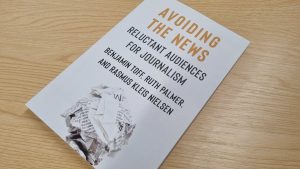Portable objects in three global cities: the personalisation of urban places
Mizuko Ito reports on her blog that a few years ago she was part of a collaborative fieldwork project with colleagues at her lab at Keio and at Intel’s People and Practices group.
They did data collection in three global cities — London, Los Angeles and Tokyo — looking at what young professionals carried around with them in locations outside of home and office. The authors were interested in issues of device convergence and how portable media players and different aspects of financial transactions were moving to the digital space and have just completed a draft of a paper on the three-city study.
Abstract
The mobile phone has become the central node of the ensemble of portable objects that urbanites carry with them as they negotiate their way through information-rich global cities.
This paper reports on a study conducted in Tokyo, Los Angeles, and London where we tracked young professionals’ use of the portable objects.
By examining devices such as music players, credit cards, transit cards, keys, and ID cards in addition to mobile phones, this study seeks to understand how portable devices construct and support an individual’s identity and activities, mediating relationships with people, places, and
institutions. Portable informational objects reshape and personalise the affordances of urban space. Laptops transform cafés into personal offices. Reward and membership cards keep track of individuals’ use of urban services. Music players and mobile devices colonise the in-between times of waiting and transit with the logic of personal communications and media consumption.Our focus in this paper is not on the relational communication that has been the focus of most mobile communication studies, but rather on how portable devices mediate relationships to urban space and infrastructures.
We identify three genres of presence in urban space that involve the combination of portable media devices, people, infrastructures, and locations: cocooning, camping, and footprinting. These place-making processes provide hints to how portable devices have reshaped the experience of space and time in global cities.
Download paper (pdf, 300 kb, 17 pages)
Since then, Daisuke Okabe and Mizuko Ito have been conducting a longer term follow on in this work, focusing on Tokyo. They have been following a more diverse set of participants over two years, looking at how their “portable kit” changes over time. A short essay reports on where things stand at the moment.




